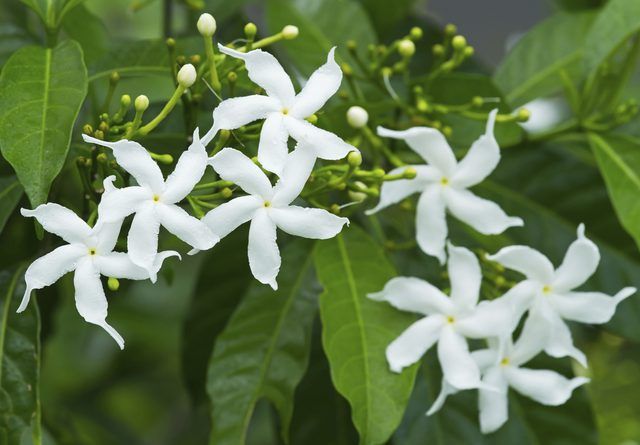Bulbs
Flower Basics
Flower Beds & Specialty Gardens
Flower Garden
Garden Furniture
Garden Gnomes
Garden Seeds
Garden Sheds
Garden Statues
Garden Tools & Supplies
Gardening Basics
Green & Organic
Groundcovers & Vines
Growing Annuals
Growing Basil
Growing Beans
Growing Berries
Growing Blueberries
Growing Cactus
Growing Corn
Growing Cotton
Growing Edibles
Growing Flowers
Growing Garlic
Growing Grapes
Growing Grass
Growing Herbs
Growing Jasmine
Growing Mint
Growing Mushrooms
Orchids
Growing Peanuts
Growing Perennials
Growing Plants
Growing Rosemary
Growing Roses
Growing Strawberries
Growing Sunflowers
Growing Thyme
Growing Tomatoes
Growing Tulips
Growing Vegetables
Herb Basics
Herb Garden
Indoor Growing
Landscaping Basics
Landscaping Patios
Landscaping Plants
Landscaping Shrubs
Landscaping Trees
Landscaping Walks & Pathways
Lawn Basics
Lawn Maintenance
Lawn Mowers
Lawn Ornaments
Lawn Planting
Lawn Tools
Outdoor Growing
Overall Landscape Planning
Pests, Weeds & Problems
Plant Basics
Rock Garden
Rose Garden
Shrubs
Soil
Specialty Gardens
Trees
Vegetable Garden
Yard Maintenance
How to Grow Jasmine
Jasmine thrives in both gardens and pots, as long as its basic growing and care requirements are met.

Few flowering vines rival jasmine (Jasminum spp.) for fragrance, beauty and ease of growing. Common jasmine (Jasminum officinale), pink jasmine (Jasminum polyanthum) and angel wing jasmine (Jasminum nitidum) are all common varieties, each sharing a similarly sweet fragrance and starry flowers. Although they vary slightly in appearance, bloom time and hardiness, all jasmine species share similar growing requirements.
Location, Location, Location
Gardeners have two options when growing jasmine vines: they can grow them in the ground or in pots. Choosing a method depends on a couple of factors, most significantly the local climate.
Climate Considerations
Angel wing jasmine resents the cold and will only grow reliably outdoors within U.S. Department of Agriculture plant hardiness zones 10 to 11. Pink jasmine performs best in USDA plant hardiness zones 8 to 10, while common jasmine is hardier and will survive in USDA plant hardiness zones 7 to 10. Tender varieties can be grown in pots and brought indoors during the winter, although larger species such as pink jasmine quickly outgrow their planters and may prove too large for long-term container cultivation.
Planting and Potting
Regardless of the local climate, all jasmine varieties need:
Full sun exposure to encourage abundant blooming and dense foliage.
Moderately fertile soil to help support vigorous growth.
Fast drainage to prevent root problems.
Plant outdoor jasmine in a south-facing bed with a sturdy trellis or other structure for support. Jasmine tends to spread out, so keep that in mind when choosing a location. Smaller, tidier varieties such as angel wing jasmine need 3 to 4 feet of space, while pink and common jasmine must have at least 8 feet of space.
Tip
Provide light afternoon shade in hot, dry climates to prevent stress.
Pots provide a great option for gardeners in cooler climates or those with limited garden space. Sambac jasmine (Jasminum sambac), which grows best in USDA plant hardiness zones 8 to 11, works best for long-term container cultivation due to its tidy, shrublike growth habit. Plant in a pot that is 2 inches larger in diameter than the vine's original nursery container, and use standard potting soil. Make sure the pot has multiple drainage holes at the base. Keep them under the same conditions as garden-grown vines, and move tender varieties indoors to a warm room with south-facing windows during the winter months.
Tip
Repot potted jasmine every three to five years to refresh the soil. Move into a pot that is 2 inches larger if the vine has outgrown its original container.
Moderation in All Things
Jasmine is a relatively carefree vine to grow, but it benefits from regular watering and feeding during the growing season. Water and fertilizer are especially important to potted jasmine due to their limited soil.
Water Well
Jasmine needs roughly 1 inch of water each week, whether from rainfall or from a hose. Water deeply but infrequently during the summer months, and allow the soil to dry out completely on the surface before watering again. Weekly watering is best in most areas, although more frequent watering may be necessary during times of extreme heat and low rainfall, especially if the vine shows signs of stress such as wilting. In winter, water garden-grown jasmine plants only if no rain falls for longer than two weeks.
Potted jasmine needs more frequent watering, so check the soil twice weekly and water whenever the soil feels dry on the surface. Water until the excess liquid drains from the bottom of the pot and let the soil dry out in the top 1/2 inch between waterings. Potted jasmine needs less frequent watering during the winter months; let the top 1 inch of soil dry out, then water until the soil is very moist and let the excess water drain off.
Tip
To reduce the need for frequent watering, apply a 1- to 2-inch layer of mulch around the bottom of the jasmine vine at planting; ensure mulch doesn't touch the base of the plant.
Fertilizer Needs
Jasmine is not a heavy feeder, but most vines benefit from extra nutrients during the spring and summer months to support their vigorous growth and rampant blooming. Jasmine grown under light shade needs less fertilizer than those grown in full sun; donít feed them if they look spindly or if their leaves turn yellow.
Step 1
Mix 1/4 teaspoon of water soluble, 15-15-15 or 7-9-5 fertilizer with 1 gallon of water.
Step 2
Water once a week with the fertilizer solution.
Step 3
Discontinue feeding garden-grown jasmine in mid- to late autumn and during the winter months so the vine has a chance to rest.
Step 4
Resume feeding in spring once all frost danger has passed and the soil has warmed.
Step 5
Continue feeding potted jasmine year-round, but dilute the fertilizer by half during the winter months.
Tip
The numbers on fertilizer labels are the NPK analysis, which tells the gardener how much nitrogen, phosphorus and potassium it contains; 15-15-15 is general purpose, while 7-9-5 supports flowering.